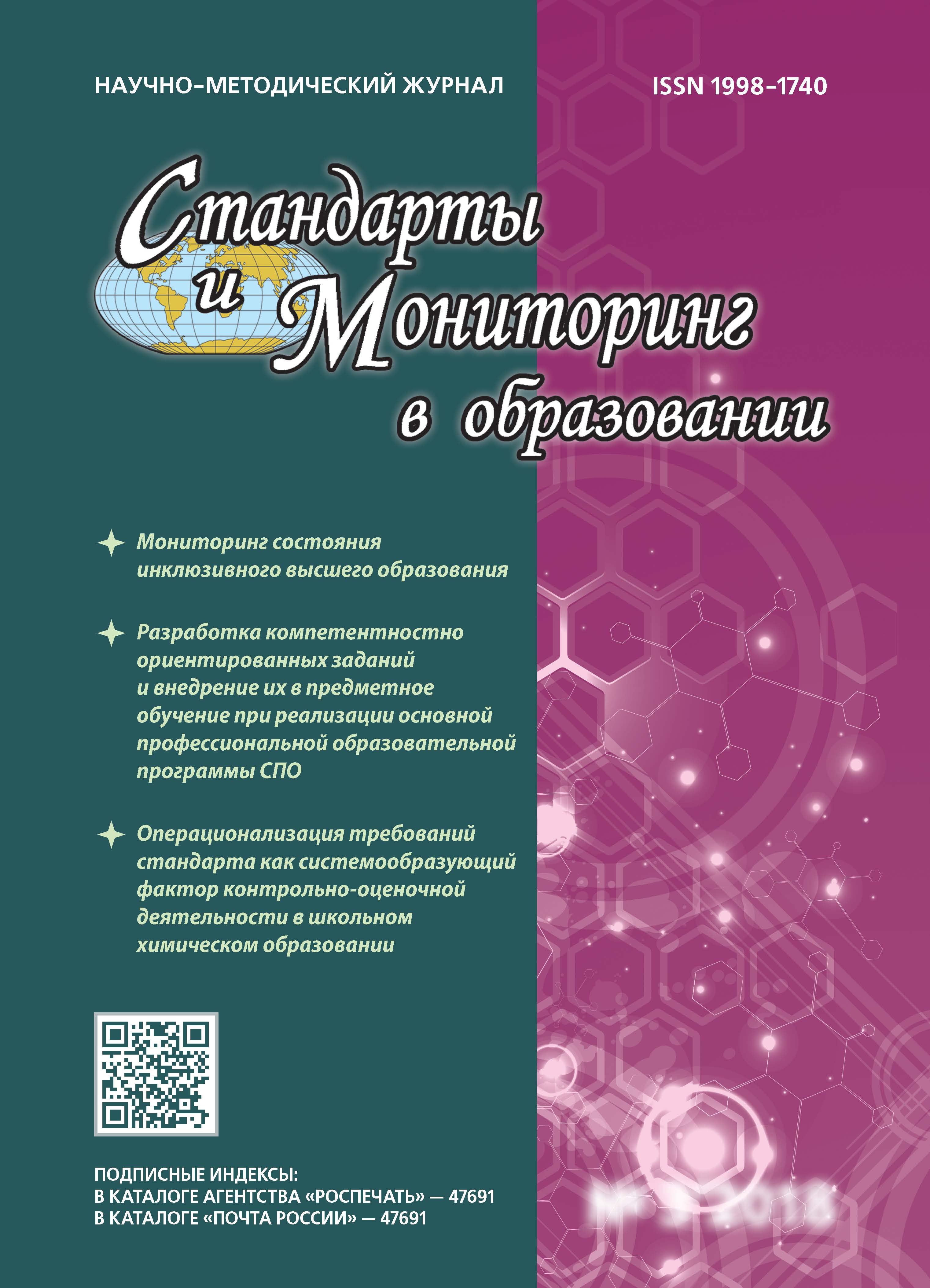On the example of the prevalence of drug addiction we have tried to transform the survey results in estimates of utilization of physical culture and sports in the preventive work. We asked 20 questions to High school students. The first ten questions were dedicated to the physical activity of students and another ten questions were focused on bad habits and the possibility of initiation of drug abuse. Next we were ranked four levels (4-point scale) of the answers to each question. Then the questions were distributed in levels of development. The responses to each question were evaluated in the range of a certain level, and for each answer to the question of compliance factors were identified, leading out to the band index. This method allowed quantitatively characterize the levels of manifestation of each block of questions, some questions and a comprehensive index. To determine the effect of the results of the bad habits and the degree of risk of drug addiction that depends on formation of healthy lifestyle skills identified the necessary statistical characteristics (mean, standard deviation, correlation coefficients) for each indicator. We have developed an evaluation of the implementation possibilities secondary educational institutions for the prevention of drug abuse of pupils by means of physical culture and sports. The presented approach enables us not only to assess various quality parameters analyzed (productivity, efficiency and the ability to implement) and to highlight the best and the worst results, but also makes it possible to identify specific recommendations for the use of physical culture and sports in the prevention of drug abuse, and to indicate positive and negative aspects of this work.
monitoring, students, productivity and efficiency, the means of physical education, prevention of drug addiction.
В настоящее время в изучаемой области знаний — эффективности использования средств физической культуры и спорта в профилактике наркомании — происходит процесс накопления экспериментальных материалов, и пока научно не обоснованы теоретические основы данного направления научной деятельности [4]. Нерешенность многих вопросов профилактики наркомании средствами физической культуры и спорта, противоречивые взгляды специалистов указывают на необходимость проведения таких исследований [2, 5, 6]. В настоящее время в рамках мониторинга проводится большое количество исследований, в которых применяется анкетирование занимающихся [1]. К сожалению, такая информация является в основном неполной, отражающей лишь отдельные грани изучаемого процесса [3]. В связи с этим мы на примере распространенности наркомании попытались трансформировать результаты анкетирования в систему оценок показателей эффективности использования средств физической культуры и спорта в деле профилактики этой пагубной привычки.
В рамках социологического исследования проводился анализ результатов анкетирования учащихся в возрасте 15–17 лет (n = 1004) различных районов города Волгограда. Обучающимся задавали 20 вопросов, для которых предлагались различные варианты ответов.
1. Barshai V.M. Monitoring otnosheniy molodezhi k zdorov’yu i narkorikam v Yuzhnom federal’nom okruge [Monitoring of young people´s attitudes to health and drugs in the Southern Federal District]. Theory and Practice of Physical Culture. 2004, I. 10, рр. 8-10. (in Russian)
2. Gretsov A.G. Fizicheskaya kultura i sport v profilaktike narkomanii i prestupnosti [Physical Culture and Sport in the prevention of drug abuse and crime]. Adaptive physical education. 2009, I. 2 (38), рр. 37-38. (in Russian)
3. Eremin M.B. Profilaktika narkomanii sredstvami fizicheskoy kulturi i sporta detey i podrostkov. Kand. Diss. [Drug prevention by means of physical culture and sports of children and adolescents. Cand. Diss.]. Samara, 2003. 24 p. (in Russian)
4. Korobeev A.I., Pulley A.L., Romanov L.I. K voprosu ob ocenke effektivnosti antinarkoticheskoy deyatel’nosti [On the question of evaluating the effectiveness of anti-drug activities]. Bulletin of the Russian Academy of Law. 2005, I. 1, pp. 52-56. (in Russian)
5. Berezin S.V., Lisiecki K.S. Profilaktika narkotizma: teoriya i praktika [Prevention of drug abuse: theory and practice]. Samara, Gusau «Perspective» Publ., 2005. 272 p. (in Russian)
6. The Federal Law of 25.10.2006. no. 170-F3 - «On Amendments to Art. 1 FZ of 08.01.1998 no. 3-F3 «O narkoticheskih sredstvah i psihotropnih veshestvah» [«On Narcotic Drugs and Psychotropic Substances»]. Available at: http: // www.mmaru/article/id20640. (Accessed 27 November 2006). (in Russian)






